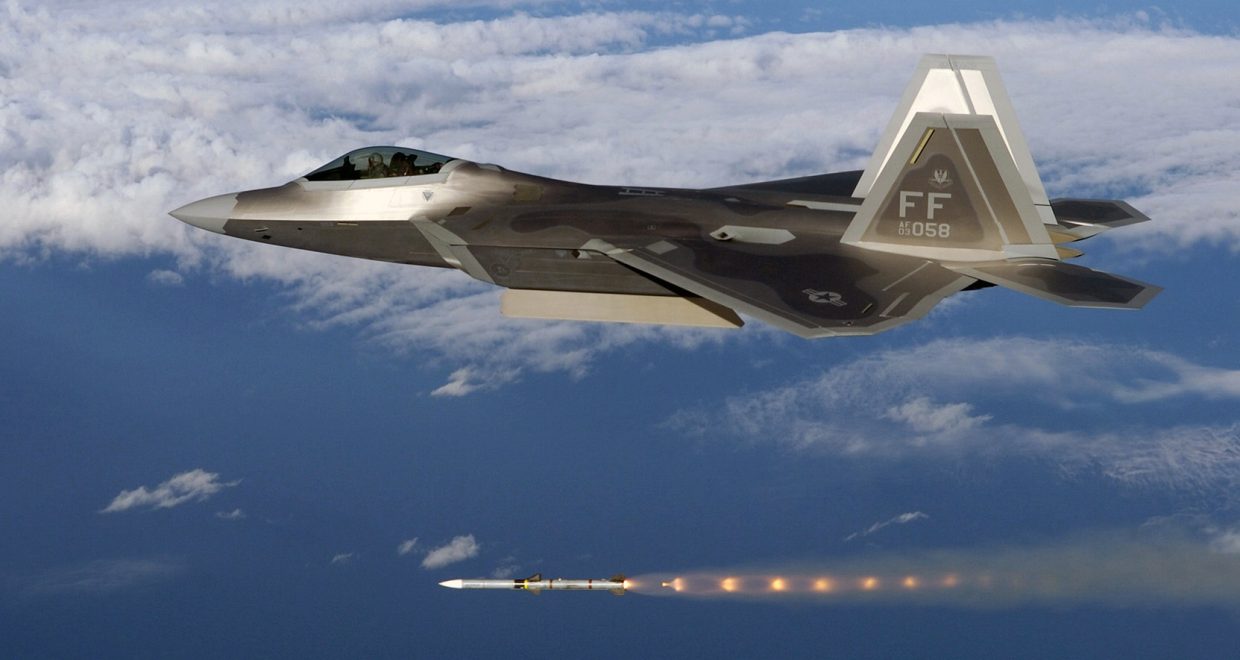Single channel digital controller design for a high spinning rate rolling airframe missile
The Aeronautical Journal November 2022 Vol 126 No 1305
Guided missiles are critical weapon systems with high precision and destructive power. They have been used since World War II, and with scientific and technological improvements, they have become a major part of military aviation. According to various reports, there are thousands of guided missiles all around the world. They are mainly designed for self-protection, but they also pose a serious threat to both civil and military aviation.
One specific type of guided missile is Spinning/Rolling Airframe Missile (RAM) or spin-stabilized missile. As the name implies, a spinning missile rolls during flight with high frequency (eg, 5-20Hz Roll Rate). They have fire and forget ability thanks to their guidance systems. Infrared (IR) and/or radio-frequency (RF) seekers are used to guide the missile to its target. Rolling motion gives these types of missiles specific characteristics (pros and cons) compared to more common non-spinning (roll-stabilized) missiles.
One advantage of RAM is improved seeker performance thanks to measuring incoming energy in all planes during a complete roll cycle. Moreover, RAM can be controlled using a single-axis actuator/steering system compared to non-spinning missiles that require two or three-axis actuator systems. Reducing actuator system size, weight, and cost becomes critical considering that most RAMs are mass-produced human portable air defense systems (MANPADS).
Besides the advantages, high-frequency rolling motion comes with significant problems regarding flight dynamics and control. Complex dynamic phenomenons emerge such as gyroscopic effects, Magnus forces, coupling effects, etc. In non-spinning missiles, yaw/pitch dynamics are decoupled. For RAM, on the other hand, yaw/pitch dynamics are highly coupled because of the spinning motion. Delays in the actuator and sensor systems contribute to the coupled dynamics and might lead to instability. Therefore, having high actuation rates and fast sensor dynamics become important for RAM systems. Considering these points, the control system design for a spinning missile is quite different compared to the common non-spinning missiles. Coupled dynamics and the effect of system delays complicate the controller design.
In this paper, ‘Single channel digital controller design for a high spinning rate rolling airframe missile’, the aim is to design a controller for a spinning missile that can work on large delays and noise caused by the actuator and sensor dynamics. In conventional spinning missiles, the control system works in an ON-OFF (analog) fashion by actuating the fins (control surfaces) to the minimum and maximum positions during a complete roll cycle. This approach achieves control by applying phase shifts between the minimum and maximum control signals. Considering the high spinning rates, the phase shift control highly depends on the actuator and sensor systems’ performance (ie, fast actuator dynamics and precise roll angle measurements). To improve the controller performance in case of sensor delays and noise, an alternative control approach is proposed in this paper. In this method, control of the spinning missile is achieved by adjusting the amplitude of fin deflections instead of applying a phase shift during a complete roll cycle. This way, the control signal shapes are predetermined in the design to decouple the yaw and pitch motion effectively. Thanks to the decoupled design, sensitivity to delays and noise is improved compared to the analog approach. Another advantage of the proposed approach is less drag generation by the actuator system since the fins are not only actuated to a minimum or maximum position. The main disadvantage, on the other hand, is the requirement for a more complex actuator system, since the fins are not working in an analog (minimum/maximum) fashion. Therefore, the design and development cost of the actuator system possibly increases.
A detailed simulation environment, which covers the full flight regime of a spinning missile, is built to test the effectiveness of the controller. The aerodynamic model is generated by obtaining the static and dynamic coefficients via Missile DATCOM. Systematic simulations are performed to test the performance of the proposed digital controller and to compare it with the conventional analog control approach. Results show that the proposed controller works properly and gives significantly better performance compared to the analog approach under the influence of delays and noise caused by the actuator and sensor dynamics. The outcomes of the study are motivating to further understand and resolve the flight control problems of spinning missiles.
Read the full open access article Single channel digital controller design for a high spinning rate rolling airframe missile, in The Aeronautical Journal, Volume 126 Issue 1305
The Royal Aeronautical Society is the world’s only professional body dedicated to the entire aerospace community. Established in 1866 to further the art, science and engineering of aeronautics, the Society has been at the forefront of developments ever since.
www.aerosociety.com | National Aerospace Library catalogue & e-books
Book reviews covering academic, scientific and technical books covering aeronautical engineering and topics relating to it can be found here. www.aerosociety.com/news-expertise/national-aerospace-library/book-reviews






